
The Essex Regiment was a line infantry regiment of the British Army in existence from 1881 to 1958. The regiment served in many conflicts such as the Second Boer War and both World War I and World War II, serving with distinction in all three. It was formed in 1881 under the Childers Reforms by the amalgamation of the 44th Regiment of Foot and the 56th Regiment of Foot.

The North Somerset Yeomanry was a part-time cavalry regiment of the British Army from 1798 to 1967. It maintained order in Somerset in the days before organised police forces, and supplied volunteers to fight in the Second Boer War. It served on the Western Front in the First World War. At the outbreak of the Second World War, it continued to operate in the mounted role and then as a specialist signals unit. Postwar it joined the Royal Armoured Corps and later became infantry. Its lineage today is maintained by 93 Squadron 39 (Skinners) Signal Regiment.
30th (Surrey) Searchlight Regiment was an air defence unit of Britain's Territorial Army from 1924 until 1961. During World War II it served in The Blitz and later in the Tunisian and Italian Campaigns, while detachments from the regiment served in the Far East and were captured at the Fall of Singapore.
The 144th Infantry Brigade was an infantry brigade of the British Army that saw active service in the First World War and again in the early stages of the Second World War before being reduced to a reserve brigade and remained in the United Kingdom for the rest of the war. In both world wars the brigade served with 48th Division.
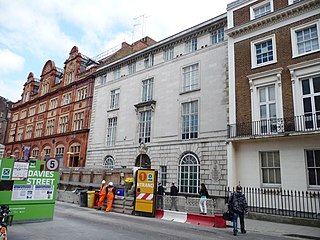
The Davies Street drill hall is a former military installation in Davies Street, London.

Blackheath drill hall is a military installation at Blackheath in London that currently houses C (London) Company of the 5th Battalion Royal Fusiliers, and is also used by the Army Cadets.
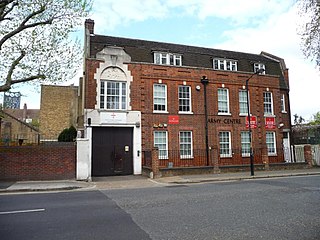
The Braganza Street drill hall is a military installation in Braganza Street, Walworth.
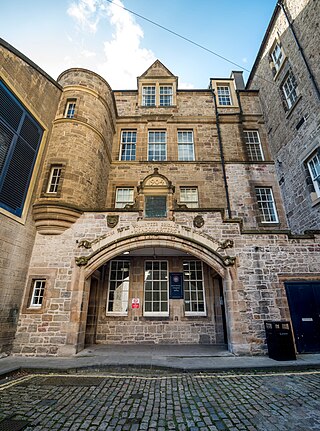
The Forrest Hill drill hall is a former military installation in Edinburgh, Scotland. The building is now owned by the University of Edinburgh.
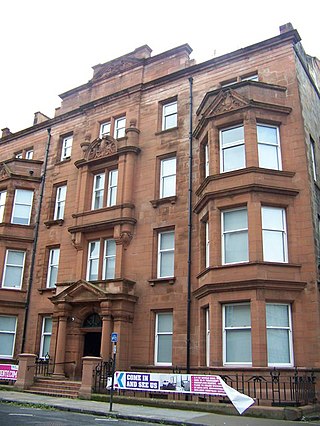
The West Princes Street drill hall is a former military installation in Glasgow, Scotland.

The Phoenix Street drill hall is a former military installation in Lancaster, Lancashire.

Stockport Armoury is a military installation in Stockport, Greater Manchester, England. It is a Grade II listed building.

The Poyser Street drill hall is a former military installation in Wrexham, Wales.
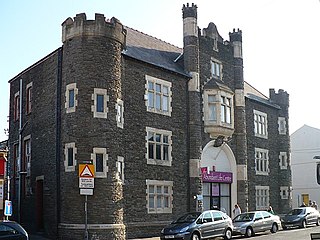
The Lower Dock Street Street drill hall is a former military installation in Newport, Wales.

The Baker Street drill hall is a former military installation in Abergavenny in Wales.

The Prescott Street drill hall is a former military installation in Halifax, West Yorkshire, England. It is a Grade II listed building.

The St Paul's Street drill hall is a military installation in Huddersfield, West Yorkshire. It is a Grade II listed building.

The Otley Road drill hall, sometimes known as Wellington House, is a former military installation in Skipton, North Yorkshire, England.
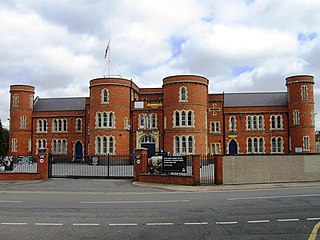
The Clare Street drill hall is a military installation in Northampton, Northamptonshire. It is a Grade II listed building.

The Church Street drill hall is a former military installation in Brighton. It is a Grade II listed building.

The City of Bristol Rifles was a Volunteer unit of the British Army from 1859 to 1955. It became a battalion of the Gloucestershire Regiment and fought in France, Flanders and Italy in World War I. As a searchlight unit in World War II it defended the West Country against air raids before moving to the East Coast late in the war. It continued in the postwar Territorial Army (TA) as a heavy anti-aircraft artillery regiment until amalgamated with other Gloucestershire units in 1955.



















